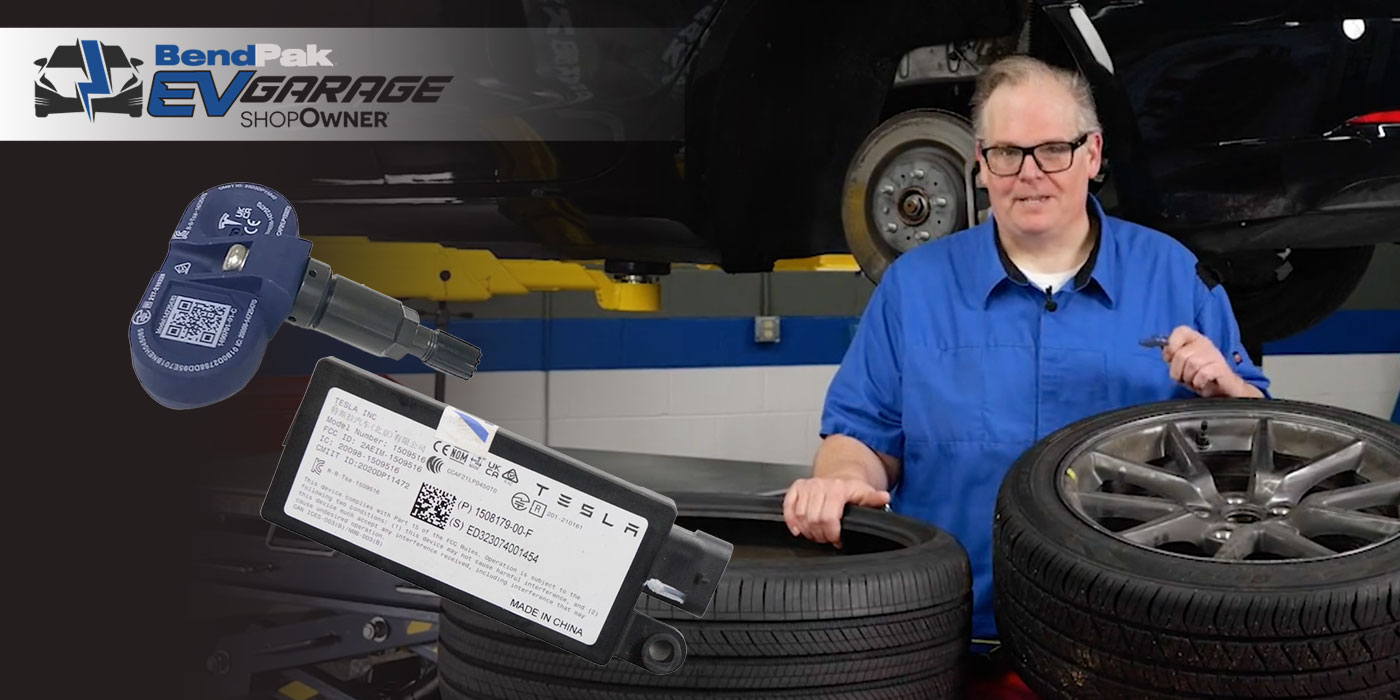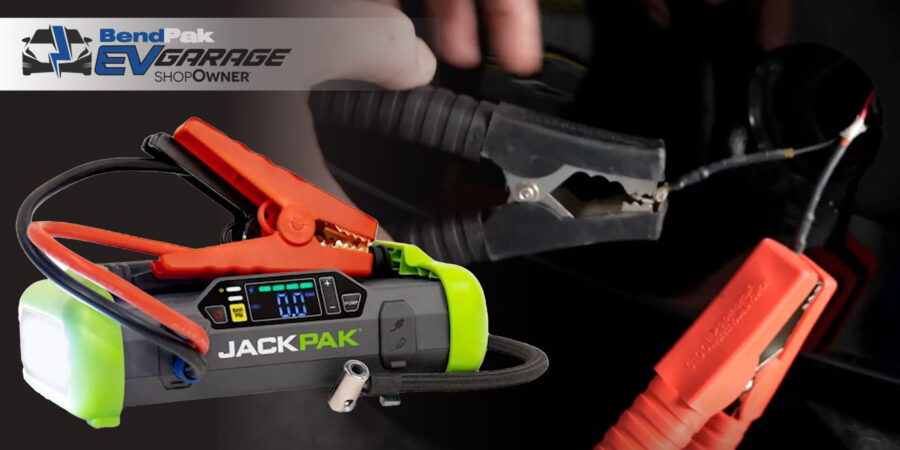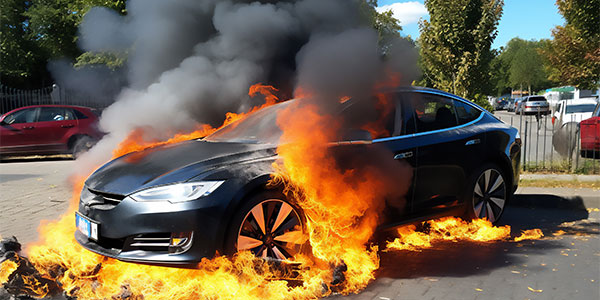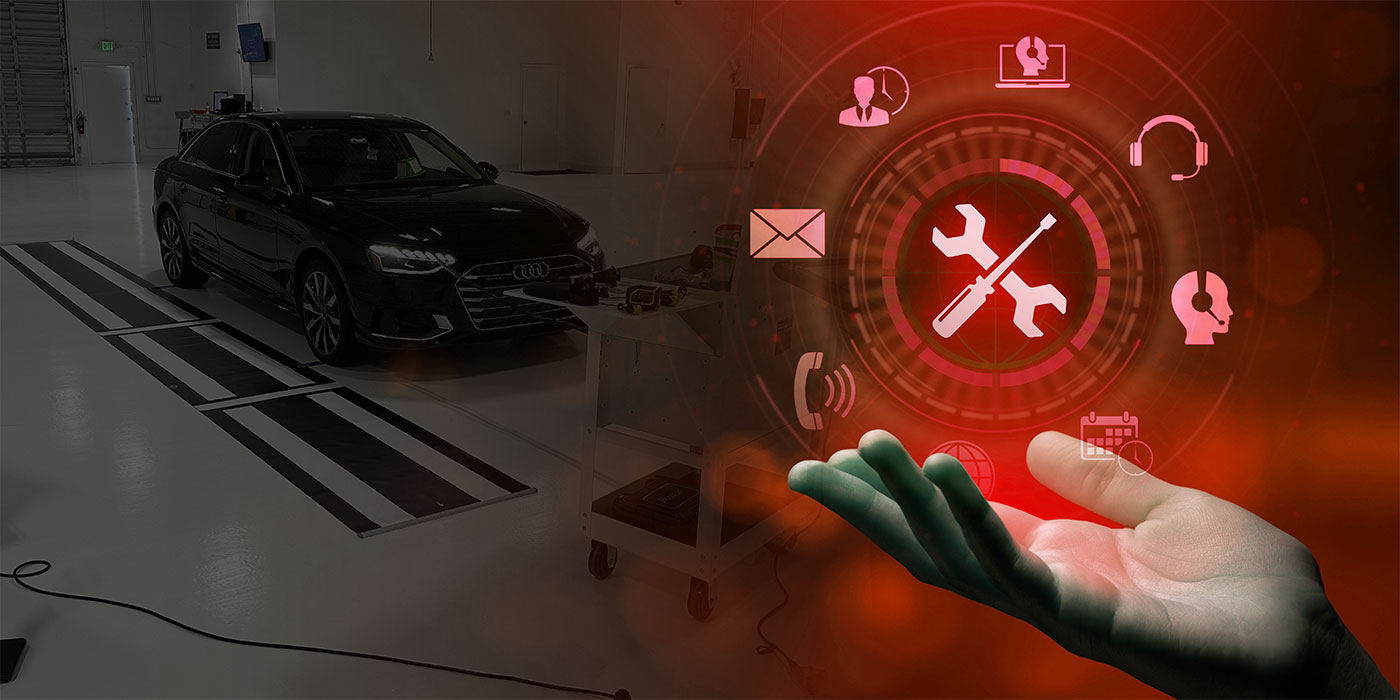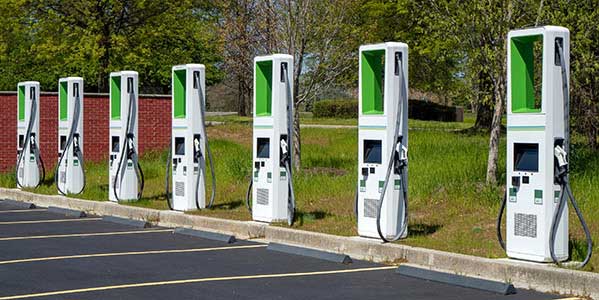“What is the future for EVs, what can shops expect, what are the pros and cons, and what must we do to prepare? What will our role be? It addresses an unknown future. I have read that some manufacturers like Tesla are going all-in while others like Toyota are dabbling in the market but are going to keep giving consumers what they want for now.” – Brad Larsen, Unique Auto Body, American Folk, Utah
The old saying goes that the only certainty in life is death and taxes. You can add change to that. And change is often an unstoppable locomotive that comes hurtling at us down the tracks. If we try to stop it, we will likely get squashed. We may not like it, but we must adapt.
Electric vehicles (EVs) fall squarely in that category. They are largely considered one step in reducing fossil fuel emissions and staving off global warming, which is why many countries have committed to becoming carbon-neutral economies by 2050 (China by 2060). To succeed, the transportation sector will need to turn many of the vehicles in operation into battery-electric vehicles (BEVs) or zero-emission vehicles (ZEVs) within the proposed time frames. So, whether automakers you reference are going all-in right now or playing a wait-and-see game, the future is clear.
Jaguar, Volvo, Mini, Bentley and Ford Europe have announced their desire to become BEV brands by 2030. Other brands, including Porsche (80% BEV), VW Europe (70% BEV), Land Rover (60% BEV), BMW (50% BEV) and Kia Europe (50% BEV) are striving to make BEVs their major propulsion system by 2030. GM aspires to be fully tailpipe emission-free by 2035.
The U.S. is tied to Safer Affordable Fuel-Efficient (SAFE) rules until 2026. From 2027 onwards, it is assumed that President Biden’s administration will revert to the miles-per-gallon improvement levels, which are at least as stringent as those seen under the Obama administration. Furthermore, it is assumed that five states, including California, will ban internal combustion engine (ICE) vehicles by 2035. Under these assumptions, a BEV/ZEV new vehicle sales trend of between 25% to 30% by 2030 and 45% to 50% by 2035 is expected.
One shop owner we recently profiled actually bought a Tesla as his personal car to learn more about EVs and be able to transfer that knowledge to his staff. That’s somewhat of an extreme step but shows a shop owner’s commitment and passion to training and learning, not to mention the foresight to see that EV repair is inevitable. While EVs are perceived as unsafe to work on, so far, his shop has not experienced any issues or close calls, largely because his staff has been thoroughly trained and follows I-CAR’s and the automakers’ procedures and guidelines stringently every time. Also, he said his technicians have come to prefer working on EVs because there are hardly any mechanical parts like you would find in an ICE vehicle.
Take a look at the kinds of cars you’ve been fixing over the last several months and make a judgment call. Sure, there are more EVs in California than any state, but I see a whole lot more here in Ohio than I did three or four years ago. In fact, not a day goes by that I don’t see an EV drive past me. Ideally, you want to be ahead of the curve of your competition in all things, but if you haven’t gotten trained on EVs yet, it’s not too late. But the time to start is now.





